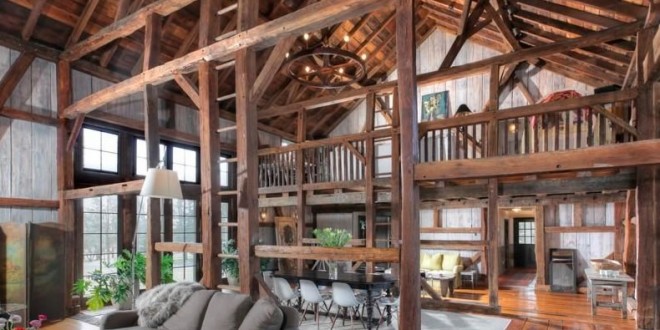Remodeling your house can be an exciting idea. Americans alone spend around $200 billion a year remodeling their homes. Remodeling can range from replacing an appliance to gutting a house to the studs and rebuilding. What you might not realize is that remodeling your house is actually a green thing to do. By not building a brand new house and improving an existing house, you are taking an eco-friendly step. The materials and energy needed to build a new house far exceed the cost of remodeling an existing one. While remodeling in general is green, you can make your remodel even greener. If you choose the proper elements to upgrade in the right way, you can greatly affect how green your remodel is.
A green remodel is planned and executed just like any other remodel. Start by deciding what you want to upgrade. Rather than remodeling your entire house at once, start with smaller projects or single rooms that will have the biggest impact.
When updating elements of your house, consider how the improvements will age. The visual trends of today might be less appealing in a few years. Aim for a timeless classic look rather than following current fads. You do not want to replace outdated countertops in a few years. Not only does frequent remodeling waste time and money, but it is bad for the environment due to the waste of materials.
This guide will talk you through how to remodel your house to be as green as possible during and after the renovations.
Insulation
Insulation is not the most exciting attractive element of a house, but it is one of the most important. Insulation is what keeps your house the correct temperature. Without insulation, your house’s climate would be at the mercy of mother nature. Poor insulation not only affects the temperature of your home but also your energy bill. A badly insulated house requires more energy to keep at the correct climate, so improving your insulation will save you money. Thankfully, modern homes are built with insulation, it is required as part of building code. However, not all insulation is created equal.
Everyone has seen the pink insulation rolls (thanks to a prolific cat mascot), but there are many options for insulation. As for green insulation options, there are a handful. The two most common green insulations are recycled denim and bio-based spray foam. Eco-friendly insulation is just as effective as traditional methods.
Windows
Windows are an integral part of any home and a good feature to look at updating. Consider double glazed windows for added sustainability and every efficiency. Wood framed windows are also superior to unplasticized polyvinyl chloride (UPVC) or metal frames. UPVC frames are the most commonly used window framing material, but they emit toxins into the air, making them less desirable and not very eco-friendly. Wood frames insulate better, are easier to repair, and have a longer life than other framing options making them a better option than UPVC.
Appliances
One of the easiest ways to update your house while making it more green is swapping out old appliances. Old, outdated appliances take more energy and are not efficient, so swap them out with modern appliances. If you want to take an extra green step, look for Energy Star appliances. Energy Star appliances are certified by the U.S Environmental Protection Agency to be energy efficient and since 1992 Energy Star has been helping consumers find the most eco-friendly appliances. The purchases of Energy Star appliances has reduced greenhouse gas emissions by 2.5 billion tons since the initiative began.
Paint
Paint may seem simple, but there are a lot of components to paint that can affect how eco-friendly it is. The best and greenest option is water based paint with natural pigments. Most conventional paints are oil based and contain harmful chemicals known as volatile organic compounds (VOC). VOCs, according to the Environmental Protection Agency, have been linked to various health issues ranging from eye irritation to internal organ damage. VOCs are especially dangerous in paint because they evaporate when the paint dries which leads to air contamination. Water based paints contain little or no VOCs making them safer and more eco-friendly than oil based paints.
Water Usage
27% of all water used in an average home comes from the toilet. Low volume and dual flush toilets can greatly reduce water usage. However, when the toilet is combined with the faucet and shower, the bathroom is still a huge source of water consumption. To combat high water usage, consider switching to low-flow devices. These alternative devices use less water, which will lower your water bill and help the environment.
Remodeling your home can be quite a project, but it is also a great opportunity. Remodeling allows you to make your house customized to your liking, and it is also a perfect chance to make your home more eco-friendly. With this guide in hand, you will be well on your way to a green dream home.



